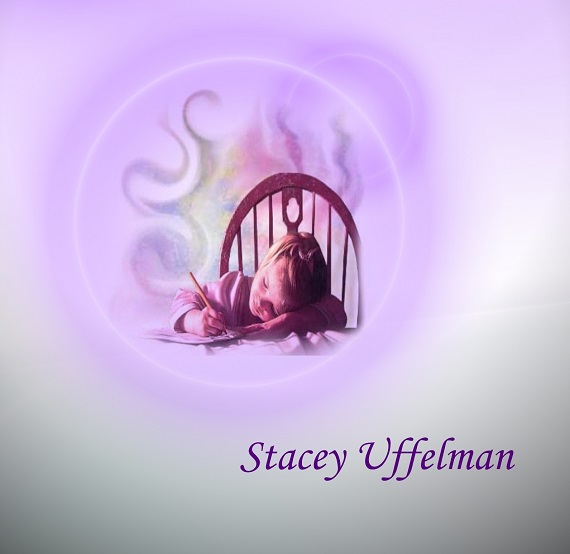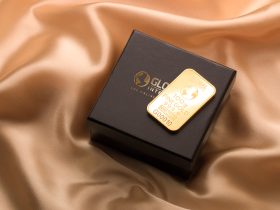Many people are familiar with the traditional form of Haiku–a three line Japanese poem with the syllable count five-seven-five, usually having something to do with nature (although this is could likely a misconception, as Haiku has been described as “sharing a poignant experience”, and “sharing thoughts and feelings.” How that has to do with “Nature” I don’t know.
This is not the only way to write a Haiku, however. As long as there are seventeen syllables altogether, the syllable count can be four-eight-four, three-nine-three, or whatever. Some people even write “mini Haiku”, which can have a syllable count of three-five-three–less than seventeen.
Also, in modern Haiku (also, I assume, “Americanized”) Haiku can be about anything, not just nature.
These “facts” above may not be totally “exact” — just taken from things I’ve learned reading about poetry. However, the point is that Haiku isn’t confined to the “five-seven-five” syllable count, nor does it have to be about nature. I have read where it also does not have to be three lines.
I have written a few examples below.
~*~
Leaves fall off the trees
Autumn around the corner
Rake comes out of shed
~*~
Two and a half
He will turn three in October
Time goes too fast
~*~
Children walk down the sidewalk
Backpacks on backs
School has started again
~*~
Dry ground cries
But little or no rain does come
Ground is dust.
~*~
I am a haiku, a form of poetry written in many ways.
© Stacey Uffelman September Fourth, Two Thousand And Fifteen
~*~
And there are some Haiku. The last is written with seventeen syllables, but as one line. 🙂 The Haiku, as you can see, can be written many different ways, and as indicated in the title and explanation, it does not have to be about nature at all.
Next time you think of writing a haiku style poem, maybe take a chance and write it a bit differently than the norm. “Out of the Haiku box” if you will. 😉








Leave a Reply